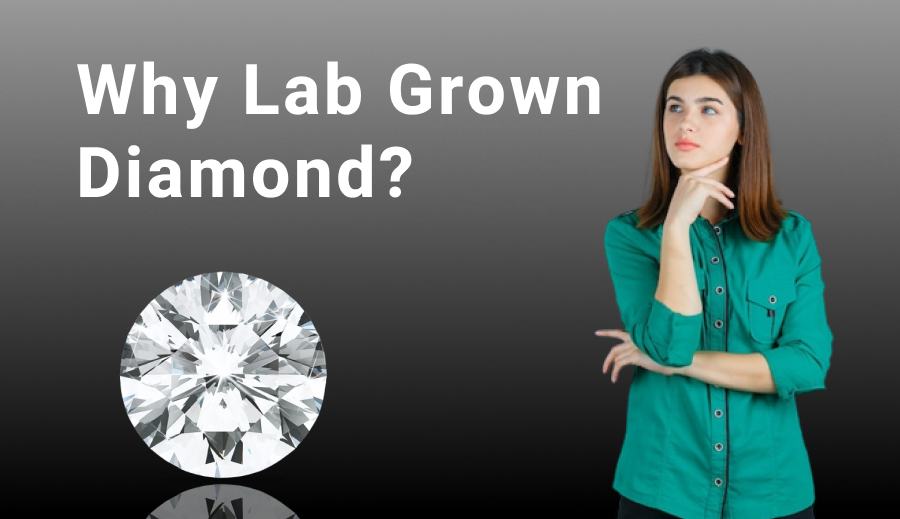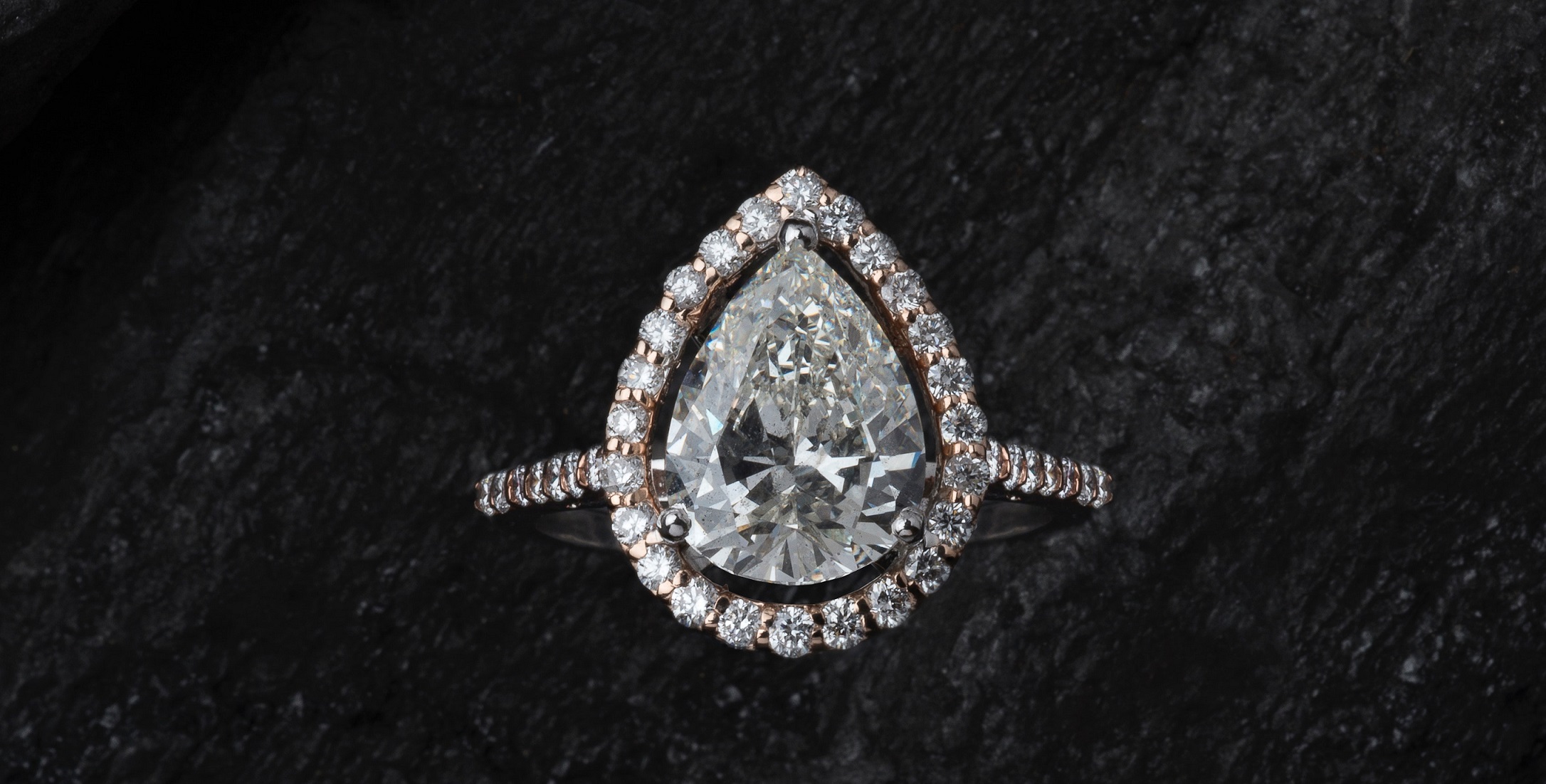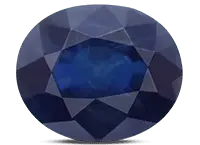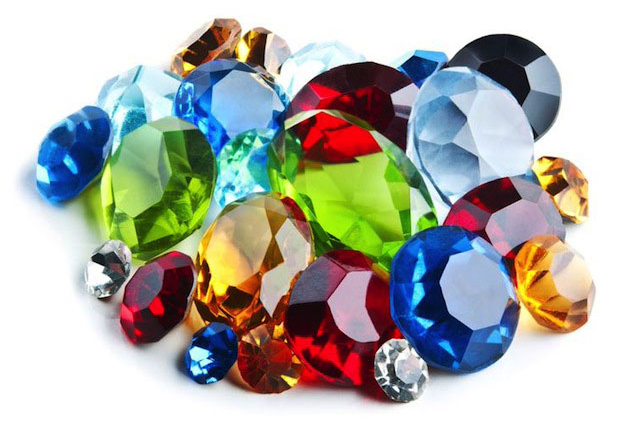How are Lab Grown Diamonds Made?
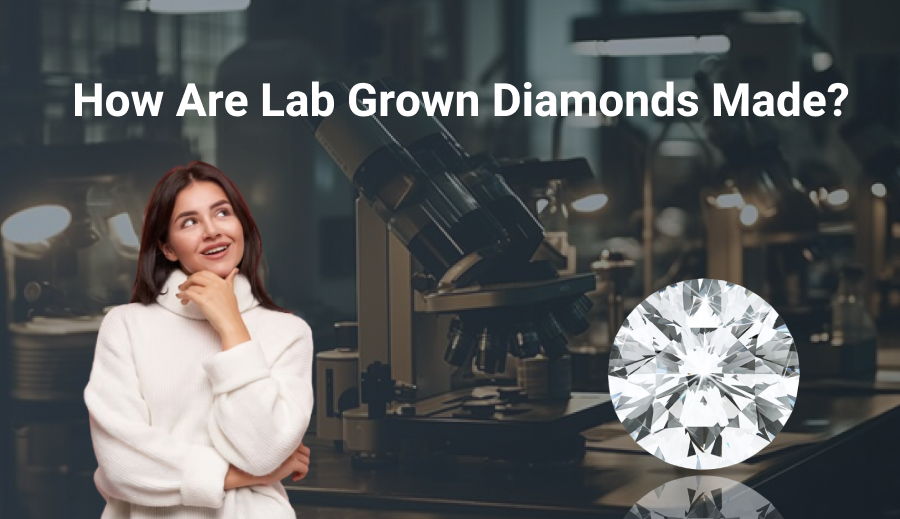
It takes billions of years to produce Natural Diamonds. Ten thousand tons of pressure transforms carbon into indestructible Diamonds. Kimberlite and lamproite volcanoes then explosively carried them from the Earth’s mantle to the surface where we mine them today.
With the advent of technology that reproduces and replicates Earth’s intense natural processes, we can now produce top-quality Diamonds that can marvelously compete with the natural ones.
2 technologies have evolved over time and emerged as mainstream techniques to craft stunning Lab Grown Diamonds in the industry:
1. High Pressure High Temperature (HPHT)
This system was initially developed by GE (General Electric) and it sought to mimic the natural conditions of Diamond formation underground. Although this method produced yellowish Diamonds. Eventually, the process was perfected to improve the colour to yield the colourlessDiamonds we know and recognize.
The HPHT method takes place in enormous pressure cookers. A Diamond seed is first placed into a growth cell for development. Graphite is implanted on top. This is then treated to 1500-degree Celsius heat and immensely high pressure (imagine the pressure applied by a commercial jet airplane on the tip of a finger.)
The graphite is melted into liquid carbon which is then meticulously cooled into Diamond crystals.
2. Chemical Vapour Deposition (CVD)
Most Lab Grown Diamonds are created by this method making it a widely used technique in the industry. Patented in the 1950s, it wasn’t until the 1980s till gem-quality Diamonds could be produced via this process. Originally only one Diamond could be grown at a time, making this option commercially unviable. Over time this method was refined and more than a dozen can undergo CVD at a time.
This process takes place in large vacuum plasma reactors. The process starts by placing thin plates of Diamond in a growth cell. Hydrocarbons are then injectedonto the plates. High-power microwaves work to break carbon bonds of the gas which then float around, free to attach themselves to something.
This carbon gas heats up these plates which causes the carbon to stick to the plates and growing it into a larger Diamond. The longer you allow it to grow, the bigger it gets.CVD Diamonds are then exposed to extreme pressure and compressed as the final step. This is done to improve the quality of the gem.
CVD gives scientists great control over the temperatures over the conditions of the chamber. This helps them large high-grade, gem-quality Diamonds smoothly and at a lower cost.
Is There a Difference Between Lab Grown Diamonds and Diamond Simulants?
When it comes to Diamonds, there are many terminologies making rounds around the market and it is easy to get duped.
There is a large distinction between Lab Grown Diamonds and Diamond Simulants, which is the latter are not real Diamonds at all!
Lab Grown Diamonds are in every way real Diamond. Their composition, appearance, and physical and chemical structure identify them as Diamond.
Diamond Simulants, such as Cubic Zirconia and Moissanite, look very similar to Diamonds but are not. Their chemical and physical properties, refractive properties, thermal conductivity, as well as appearance (Diamonds Simulants can be distinguished from real Diamonds by the naked eye), are different from Diamonds making them replacements for one.



 +91 9125034444
+91 9125034444
